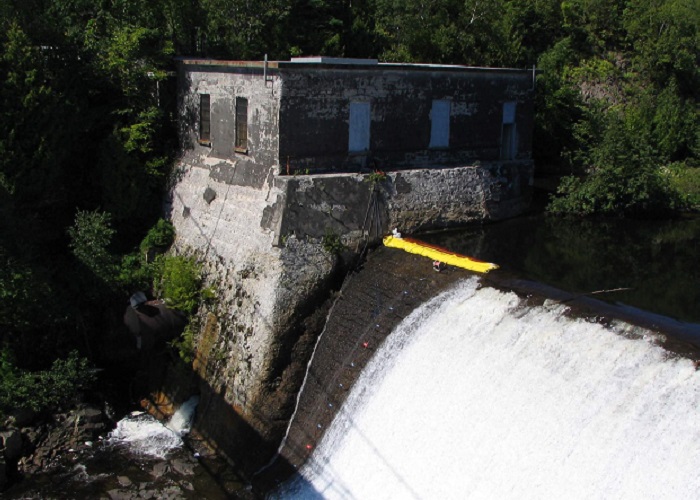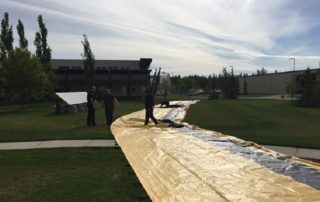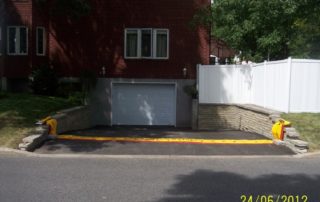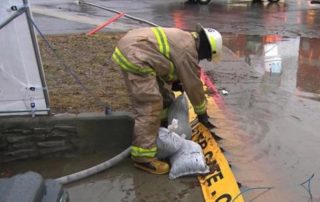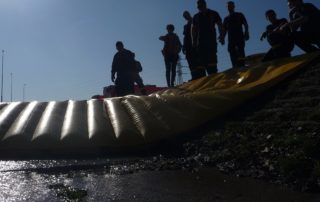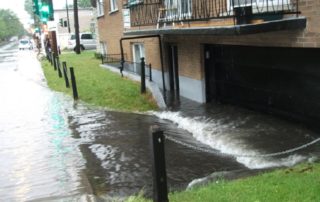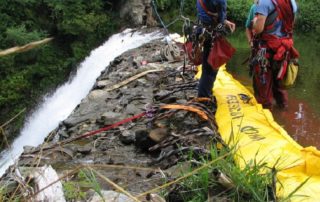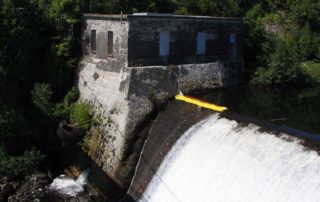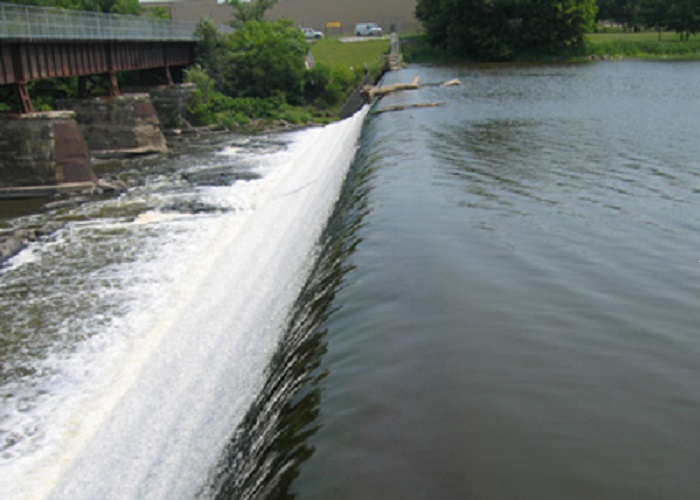OIL / HAZMAT SPILL RESPONSE
Spill control – Emergency spill response
In every toxic spill situations, an emergency spill response is quickly needed to prevent damages. Indeed, usually the result of an accident, a toxic spill occurs when a hazardous substance is released in an area where contamination may be harmful to the environment and the public.
When an accidental spill occurs (hydrocarbons, oil or other hazardous material), it is very important for first responders to delineate a safety perimeter with adequate conditions for emergency responders to contain, quickly extract and clean up the pollutant. Depending on the nature of the spilled material, the surface can produce potentially hazardous vapors, including some flammable vapors. This is why first responders should never assume that because a spill has been contained, there are no more dangers.
The main types of toxic oil spills:
Toxic spills generally fall into two (2) separate categories:
- Major spills: train derailment, pipeline ruptures, pipeline breaks, major substance leak, fuel truck accident or overturning, etc.
- Minor spills: minor spills involving smaller quantities of hydrocarbons, but equally damaging.
Regardless of the nature of the spill, it is always safer to contact the emergency spill response specialists. They have the specialized protective equipment to handle this kind of intervention.
Different emergency spill response methods are available on the market to contain a spill. That said, the ease and speed of installation of the Water-Gate™ system make it the best tool for this type of application. It can contain and confine water in a river, creek or ditch, or in any other environment.
Depending on the location and the environment where the incident occurs, getting the emergency spill response services where they need to be can be very difficult. What’s more, since incidents usually do not occur just in the immediate area but in other difficult-to-access areas with a high potential for contamination, it is important for first responders to be equipped with emergency equipment that is lightweight, compact, portable, efficient, powerful, and most importantly, very quick to deploy. Remember, time is a critical factor in every hazmat spill situation.
According to a study carried out by TransCanada as part of the Energy East Pipeline Project (Quebec Section), the total cost of a 3493m3 oil spill in the Etchemin River would be approximately $619M (CAN$).
The study conducted in 2016 focused on the impact and cost of an oil spill based on three main factors: emergency response (mobilization of various teams at the site, selecting the emergency response tactics), extraction of pollutants (containment, extraction, riverbank clean-up, waste management, wildlife control, etc.) as well as damages to third parties (contamination of a home water system, loss of business, property damage and potential fines). See the full article for more details (in French only).
Water-Gate™ emergency spill response equipment – WT-Series
- Turnkey/all-in-one solution: Damming a stream, blocking a spill, containment or confinement, deviation, blocking pollutants, ease of collection, protection from potential spills, prevention, enables emergency responses in smaller brooks, rivers, ditches, channels or in urban areas, reusable and portable anti-spill preparedness and response.
- Creating a single extraction point: Condenses all toxic chemicals in a single location to create a single and central extraction point.
- Different sizes available: The anti-spill system series come in different sizes: 21’’ (53 cm) and 28’’ (71 cm).
- Versatile: The Water-Gate™ system can also be used to create a water supply to fight fires and replaces dry hydrants in aquatic environments (WA).
- Reusable: Reusable as often as possible. The average lifespan is between 20 and 25 years. There is a 2-year warranty on any manufacturing defects.
- Underflow dam: An underflow dam can be created without the use of additional materials or more manpower.
- Suitable for every environment: Even in a smaller watercourse, the emergency response area created upstream enables oil skimmers, oil collector, an oil boom or absorbent materials to be brought in. The MegaSecur Water-Gate™ WT Spill Dam delineates the emergency response area and makes it more efficient, more economical and more suitable for oil collection equipment.
- Its portability means that it can be used in difficult to reach locations. The Spill Dam is lightweight and easily transported. It provides easy access to the emergency response site.
- The MegaSecur Water-Gate™ limits the contamination of river banks.
- Speed of execution: Installation time is considerably reduced
- Access to the site: Since the Spill Damn is lightweight and easy to transport, it makes it easier to access the emergency response site.
- Resilience capacity: Debris and physical elements contained in the water do not affect the Spill Dam’s integrity. The Spill Dam maintains its original shape regardless of impacts.
How it works:
The Water-Gate emergency spill response equipment is an innovative emergency system. Its waterproof effectiveness and stability come from the vertical thrust putting pressure on the bottom of the gate.
- Stream positioning
Unroll the anti-pollution dam directly across the watercourse.
Position the containment dam, making sure the extremities hug both sides of the bank.
Unfold the first fold. - Immerse the Spill Dam
Plunge the Spill Dam to the bottom of the watercourse, put your feet on top of the tarp and let the water fill the Spill Dam to self-deploy. - Ballasting
If you wish, take some rocks found in the watercourse as use them as ballast weights. Ballast weights manufactured by MegaSecur can also be used. - Contain and collect the spill
Allow the anti-pollution Spill Dam to fill up to its retaining height. The water and pollutants will be trapped in the dam and the pollutants will be contained on top. Deal with the pollution using the appropriate equipment: absorbent materials for the oil spill, skimmers, oil collector, etc. - Control clear water flow
Prevent pollutants from over-flowing if no containment boom is used by maintaining a stable height upstream; to do so, open as many release holes as necessary at the bottom of the Spill Dam. The release holes can be opened and closed while the Spill Dam is in use.
Did you know? In Canada, specialized equipment such as containment booms, oil collectors, and other emergency response equipment may be stored in certain Response Centres or sub-depots. Find out more at http://www.ecrc-simec.ca/fr/a-propos/simec/

